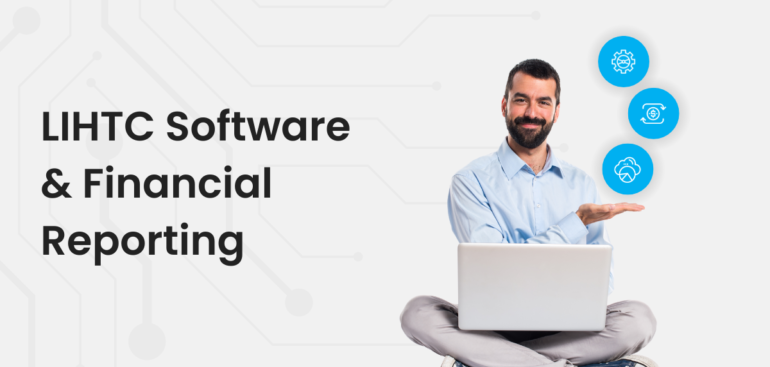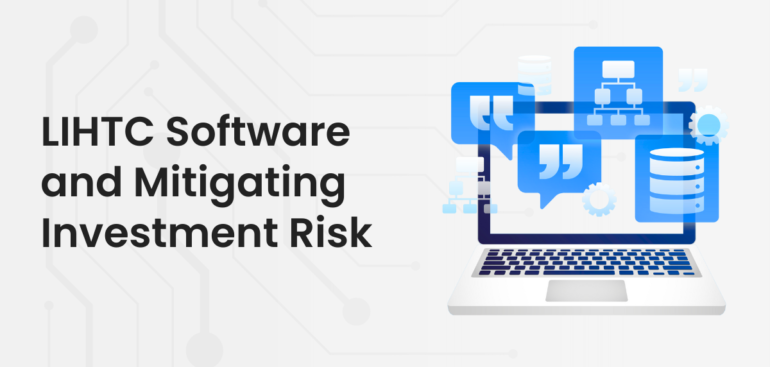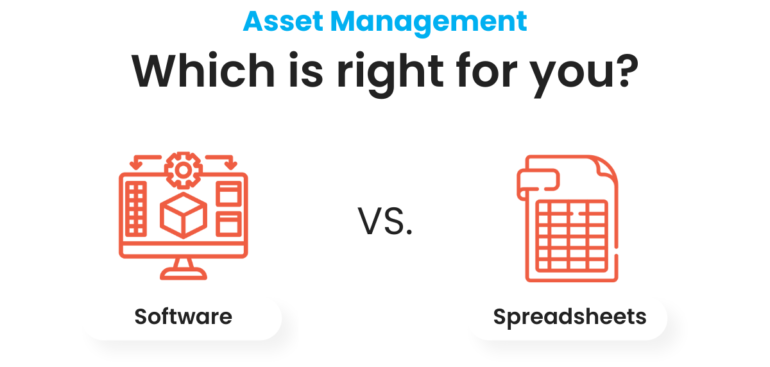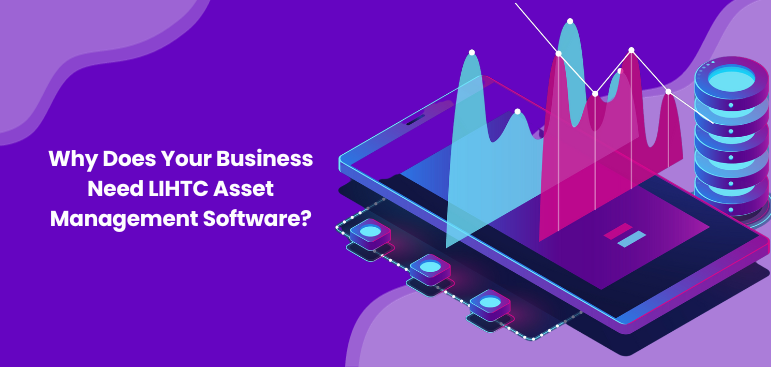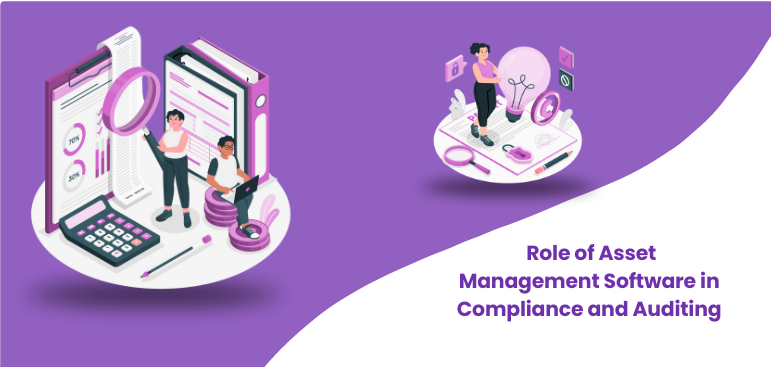Asset managers have long been the architects of profitable investment strategies, meticulously crafting portfolios to secure and grow their clients’ wealth. However, as the financial landscape evolves, asset managers face a series of formidable challenges, from the constraint on fee revenue to the burden of compliance costs.
Facing challenges, asset management firms are trying new things and using advanced technologies. They aim to stay successful and thrive in a time of big changes..
In this blog, we will delve into the future of asset management, unearthing the trends and innovations reshaping the industry’s landscape.
The Significance of Asset Management
Asset management in the Low-Income Housing Tax Credit (LIHTC) arena transcends mere financial stewardship; it is a comprehensive strategy that is the cornerstone of success. It goes beyond the mere management of funds and properties. Instead, it is a multifaceted approach, finely tuned to protect investors’ interests and the real property’s longevity, generating these invaluable benefits.
In the LIHTC domain, these benefits predominantly encompass tax credits and passive losses. These financial components hold significant monetary value and contribute to the broader societal mission of affordable housing. Ensuring the continuity of these benefits is paramount, as they serve as a lifeline to low-income communities and investors alike.
Asset managers have the critical responsibility of safeguarding these interests. Their role extends beyond traditional financial management, as they must also navigate the complex regulatory landscape governing LIHTC programs. The management involves maximizing investor benefit streams and ensuring compliance with intricate rules and regulations.
To excel in this intricate terrain, asset managers must be unceasingly innovative. Their role requires them to adapt to changing regulatory environments, efficiently allocate resources, and strategically optimize property performance. As the custodians of both financial well-being and social impact, they bear a substantial burden and a profound opportunity for positive change. The stakes are high, and asset managers must embrace innovation to navigate this intricate terrain effectively.
Emerging Trends and Innovations in Asset Management Software
In the ever-evolving landscape of asset management, these innovations are reshaping the way professionals in the LIHTC field operate, offering unprecedented efficiency and insights.
- Cloud-Based Solutions
Traditionally, asset management covered on-site offices, with data stored in physical files or localized databases. However, the advent of cloud-based solutions has revolutionized the field. The cloud offers a level of accessibility and scalability that was previously unimaginable.
With cloud-based solutions, you can access critical asset data, financial reports, and performance analytics virtually anywhere. This newfound freedom is a game-changer for asset managers. The cloud streamlines access and enhances stakeholder collaboration by providing a centralized data-sharing and communication platform.
This transformative shift has eliminated the need for physical paperwork and time-consuming data transfers. Instead, it fosters real-time collaboration, reducing delays and ensuring all involved parties stay informed and connected.
- Data Analytics
Data analytics has emerged as the linchpin of modern asset management. It equips asset managers with the power to make informed decisions based on factual evidence rather than intuition or guesswork. Asset management is no longer a guessing game; it has evolved into a precise science.
Historical data, financial metrics, and performance indicators are mined and analyzed with sophisticated tools. The outcome is a detailed, data-driven perspective that provides unparalleled insight into the performance of assets. This data can include everything from occupancy rates and maintenance costs to revenue trends and investor benefit projections.
With data analytics, asset managers can assess the current state of their properties and predict future performance. This predictive capability is instrumental in identifying potential challenges, market trends, and opportunities for improvement. By understanding the data, asset managers can proactively address issues before they escalate, optimize resource allocation, and enhance the overall performance of their portfolios.
- Predictive Insights with AI and Machine Learning
Artificial intelligence (AI) and machine learning (ML) technologies are the vanguards of predictive insights. These technologies have made significant inroads into asset management by processing vast datasets and identifying patterns, anomalies, and trends that human analysis alone would miss.
The ability to foresee challenges and opportunities before they manifest in your property portfolio is a paradigm shift. AI and ML make this possible. These technologies can detect subtle fluctuations in property performance, tenant behavior, and market conditions by analyzing historical data and current performance metrics. For instance, they can alert you to maintenance issues that may soon become costly or predict variations in rental demand based on economic indicators.
Moreover, AI and ML can facilitate proactive decision-making by suggesting optimal strategies for optimizing investor benefits. These technologies offer an unprecedented level of personalization, tailoring recommendations based on the unique attributes of each property in your portfolio.
- Mobile Applications
Thanks to mobile applications designed specifically for their needs, asset managers can now stay in the loop in real-time. These apps put the power of asset management in the palm of your hand, ensuring you’re always informed and agile.
Real-time updates are a vital component of modern asset management. Mobile apps enable instant notifications about significant events, financial data updates, maintenance alerts, or compliance issues. This immediate awareness empowers asset managers to make quick, well-informed decisions, responding promptly to emerging situations.
With mobile apps, you can conduct on-site property inspections while accessing property performance data, financial statements, and relevant documents. This seamless integration of on-site tasks and data accessibility eliminates delays and streamlines your operations.
Mobile applications are essential for keeping asset managers informed and responsive in a world that is always on the move. They bridge the office and the field, ensuring you’re always in touch with your portfolio’s performance.
The Role of Fusion in Modern Asset Management
Amid this evolving landscape, Fusion is an innovative tool tailored to meet the unique demands of LIHTC asset management. It’s not just software; it’s a strategic partner.
Fusion’s architecture and functionalities address the specific challenges faced by asset managers in the LIHTC domain. The advantages of using Fusion are manifold.
- Enhanced Efficiency: Fusion simplifies the management process, saving time and reducing errors.
- Data-Driven Decision Making: Access to real-time data and predictive insights empowers better decision-making.
- Streamlined Communication: Fusion facilitates collaboration among all stakeholders, promoting transparency.
- Compliance and Reporting: Simplifies regulatory compliance and reporting processes, ensuring investors’ peace of mind.
Conclusion
In the sphere of asset management, the future is bright and transformative. Its significance goes beyond financial oversight, involving innovative strategies to preserve investor benefits and property longevity. With each trend, asset managers take another step toward a future where economic success and social well-being are intertwined, creating a richer, more equitable world.


